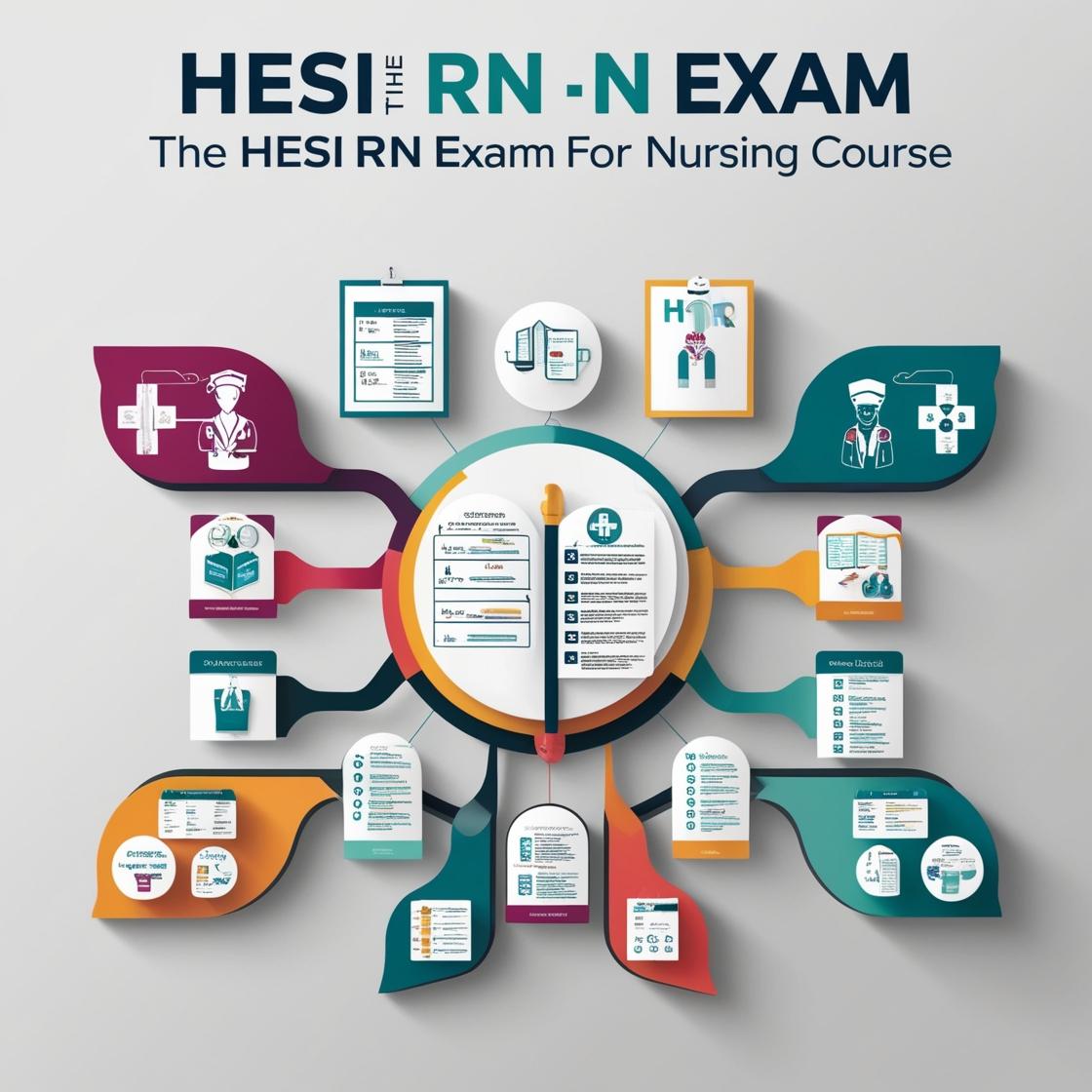HESI RN
Quizlet Mental Health HESI
1. A client with depression remains in bed most of the day and declines activities. Which nursing problem has the greatest priority for this client?
- A. Loss of interest in diversional activity.
- B. Social isolation.
- C. Refusal to address nutritional needs.
- D. Low self-esteem.
Correct answer: C
Rationale: The correct answer is C: 'Refusal to address nutritional needs.' When a client with depression remains in bed and declines activities, addressing their refusal to address nutritional needs is of utmost priority. Nutritional needs are essential for physical health and overall well-being. Inadequate nutrition can worsen the client's physical health, impact their mood, and hinder the effectiveness of treatment. Option A, 'Loss of interest in diversional activity,' while important, is not as critical as addressing nutritional needs for immediate physical well-being. Option B, 'Social isolation,' is a significant concern but addressing nutritional needs takes precedence due to its direct impact on physical health. Option D, 'Low self-esteem,' is a valid concern but does not take priority over addressing the client's refusal to meet their nutritional needs for immediate health benefits.
2. The RN is admitting a male client who takes lithium carbonate (Eskalith) twice a day. Which information should the RN report to the HCP immediately?
- A. Short-term memory loss.
- B. Five-pound weight gain.
- C. Decreased affect.
- D. Nausea and vomiting.
Correct answer: D
Rationale: Nausea and vomiting are signs of potential lithium toxicity, which is a serious condition requiring immediate attention. These symptoms can indicate a dangerous level of lithium in the body that can lead to severe complications. Short-term memory loss (A), five-pound weight gain (B), and decreased affect (C) are important to monitor but are not as immediately concerning as symptoms of potential toxicity like nausea and vomiting.
3. A female client engages in repeated checks of door and window locks, behavior that prevents her from arriving on time and interferes with her ability to function effectively. What action should the nurse take?
- A. Discuss why the client checks the locks frequently
- B. Ask the client why she checks the locks
- C. Plan a daily list of activities to be carried out
- D. Determine the type and size of the locks
Correct answer: B
Rationale: The correct action for the nurse to take is to ask the client why she checks the locks. By doing so, the nurse can help the client gain insight into the underlying anxiety that drives this behavior and assist her in developing new adaptive coping strategies. Choice A is not as effective as directly asking the client about her behavior. Choice C focuses on planning activities but does not address the root cause of the client's behavior. Choice D is irrelevant to addressing the client's repeated checking behavior.
4. A client who has agoraphobia (a fear of crowds) is beginning desensitization with the therapist, and the RN is reinforcing the process. Which intervention has the highest priority for this client’s plan of care?
- A. Encourage substitution of positive thoughts for negative ones.
- B. Establish trust by providing a calm, safe environment.
- C. Progressively expose the client to larger crowds.
- D. Encourage deep breathing when anxiety escalates in a crowd.
Correct answer: B
Rationale: Establishing trust and providing a calm, safe environment is crucial when working with clients with agoraphobia undergoing desensitization therapy. This approach helps build a foundation of safety and security, allowing the client to feel more comfortable and supported during the exposure process. Encouraging positive thoughts (choice A) is important, but ensuring a safe environment takes precedence. Progressively exposing the client to larger crowds (choice C) should be done gradually and in a controlled manner; rushing this process can be overwhelming and counterproductive. Encouraging deep breathing (choice D) is a helpful coping mechanism, but creating a safe and trusting environment is the initial priority to facilitate successful desensitization therapy.
5. A male client with known auditory hallucinations begins talking loudly and gesturing wildly while in the unit’s day room. What action should the nurse implement first?
- A. Administer a PRN sedative.
- B. Sit in the chair next to the client.
- C. Escort the client to his room.
- D. Listen to what the client is saying.
Correct answer: D
Rationale: When dealing with a client experiencing auditory hallucinations, it is crucial for the nurse to first listen to what the client is saying. Auditory hallucinations may hold significance to the client, and by actively listening, the nurse can gather information about the content and context of the hallucinations. This information helps the nurse assess the client's current state, emotional responses, and the potential triggers for the behavior. Administering a PRN sedative (Choice A) should not be the initial action as it may suppress important information and feelings the client is trying to communicate. Sitting next to the client (Choice B) may not be appropriate without understanding the situation better. Escorting the client to his room (Choice C) may escalate the situation without addressing the underlying cause of the behavior, which can be better understood through active listening.
Similar Questions

Access More Features
HESI RN Basic
$89/ 30 days
- 50,000 Questions with answers
- All HESI courses Coverage
- 30 days access @ $89
HESI RN Premium
$149.99/ 90 days
- 50,000 Questions with answers
- All HESI courses Coverage
- 30 days access @ $149.99
